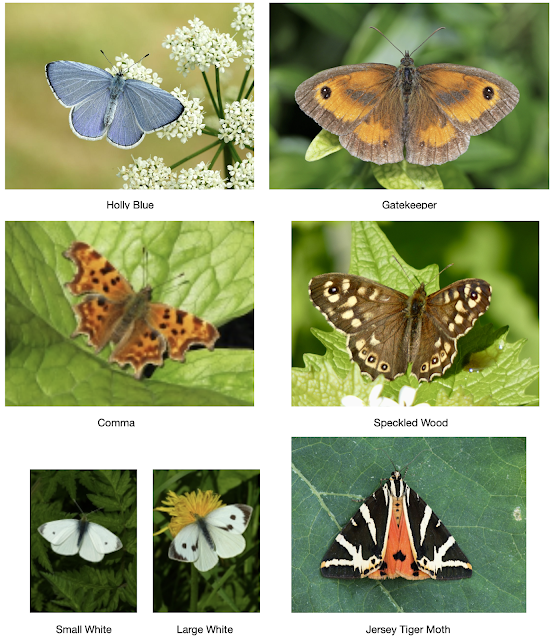July Work Update
Summer is a a quiet time for working in the Wood. The bird nesting season from April to October means that cutting back invasive species like cherry laurel and rhododendron has to be put on hold. Therefore work concentrates on repairs and general maintenance. For example, during the previous two workdays, volunteers have worked their way along Sydenham Hill cutting back vegetation which has grown out over the pavement and pruned any branches that were getting in the way of pedestrians. Another important job was to clear out the drainage channel at the Crescent Wood Rd entrance, as the recent heavy rainfall has overwhelmed the drain on the road, sending torrents of water into the Wood.
Another very important job will be to skim the duck weed off the surface of the Dewey pond. The pond is fed by the Am Brook, which rises as a spring less than a hundred metres away. The water percolates down through the Claygate Beds which are made up of sand silt and clay and this forms the top of the hill. When the water reaches the impermeable London Clay beneath, it emerges as a spring, so feeding the Am Brook. The water should be relatively free of nitrates which should keep the Dewey Pond healthy. However, the duck weed uses up much of the oxygen in the water so reducing aquatic diversity. In addition, as it dies off, the decomposition process will use up oxygen. Consequently, the weed has to be kept under control. Volunteers will need to clear as much weed as possible, however this has not been done for two years due to lock-downs. Consequently, the vegetation around the edge of the pond had become too dense, so it had to be cut back to allow access for clearing the pond to take place.
Another important task for the summer is to carry out butterfly surveys. A specific path is walked and the Wood has been divided into eleven compartments and in each, any sighting of butterflies recorded. The results are sent to the UK Butterfly Monitoring Service. However, being woodland, the results are quite limited. The Wildlife Trust sites at Hutchinson's Bank and Saltbox Hill are the places to see butterflies.
However, these are the results for Wednesday 4th August.
In addition to these, two Jersey Tiger Moths were seen. These spectacular day-flying moths come out in late July and August and have become increasingly common here during the past two decades. The area seems to be a favourite of theirs, one theory being that the railway line has provided a safe corridor along which they have migrated.





Comments
Post a Comment